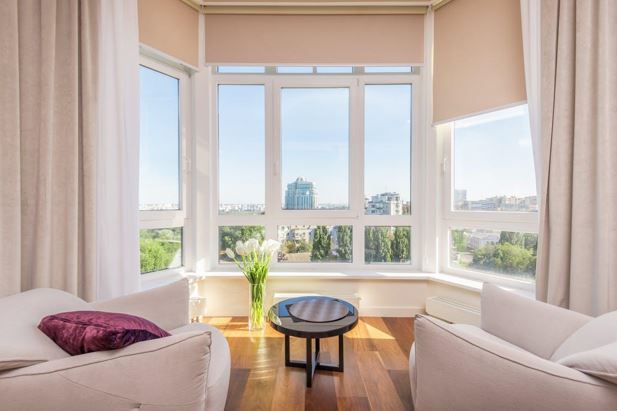
When deciding to build a home, accessibility is not often the top must-have feature that comes to mind. However, accessible homes are not only aesthetically pleasing to the eye but also functional too. Therefore, if you are planning on building an accessible home, what are tips on how to go about it.
What is an accessible home?
If you're new to the concept or, conversely, have your heart set on building an accessible home, it might be helpful to first define what an accessible home is. Simply put, a home with easy accessibility is a home that is designed with simplicity in mind. Moreover, a home with easy accessibility makes moving in, through, and around the property easy to do.
Benefits of building an accessible home
Accessible homes are growing in popularity for obvious reasons. One of the main reasons many homeowners are starting to favor accessible homes is that they can meet your most basic living requirements efficiently. As an example, you won't usually find many steps to climb to get to certain areas in accessible homes. Another example may be having an additional guest bathroom on the main floor for when you have visitors around. Accessible homes are also beneficial (and often safer) for seniors to get around in, not to mention making your home more accessible to visitors with disabilities.
Popular features of accessible homes
When designing a floor plan for your new accessible home, here are some popular features you may want to consider incorporating into your home's design:
- Opting for a ramp as opposed to steps where possible
- Wider than average doorways and hallways
- A spacious entryway
- An easily accessible bathroom on all levels within a home
- Adjustable standard surfaces to cater to everyone
- Design could include levered door and faucet handles
How to hire the right person for the job
Granted, building an accessible home from scratch is not as simple as one might imagine. Moreover, adapting your new home to accommodate special modifications may require extra planning and skilled expertise to execute the job right. Therefore, when choosing the right contractor to do the job for you, you might need to do a bit more extensive research than you would when building a conventional home without these modifications. Furthermore, you might want to check references and their past work to see if they can accommodate your requests. Often, referrals can work like a charm in selecting the best contractor (and price) for the job.
Find inspirational examples
Suppose, you have your heart set on building an accessible home but don't yet have a clear picture of what that will look like. You can always find inspiration by browsing through real estate listings in Marlton with similar characteristics you might be searching for. Often, accessible homes are a niche specialty and so you're likely to come across many sources such as magazines or local listings that will highlight specific accessibility features with associated pictures or photos to glean inspiration from
Building your dream accessible home
To be honest, building your dream home is an exciting project. Moreover, it may be even exciting if you can customize your new home to your heart's content. Furthermore, just as with accessible homes, the concept of designing your ideal home is becoming more accessible and easier to do. So you might as well take advantage of this, and dream and design your new home with your unique modifications ideas in mind!
Image via Pexels
ABOUT THE AUTHOR:
Patrick Young is an educator and activist. He believes people with disabilities must live within a unique set of circumstances--the outside world often either underestimates them or ignores their needs altogether. He created Able USA to offer helpful resources to people with disabilities and to provide advice on navigating various aspects of life as a person with disabilities. https://ableusa.info